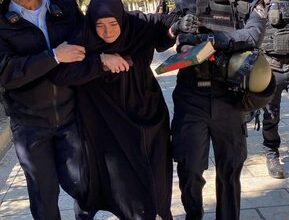Indian-Origin Journalist Wins Pulitzer Prize For Exposing China’s Detention Camps For Muslims
Megha Rajagopalan, an Indian-origin journalist, has won the Pulitzer Prize for innovative investigative reports that exposed a vast infrastructure of prisons and mass internment camps secretly built by China for detaining hundreds of thousands of Muslims.

Indian-origin journalist Megha Rajagopalan has won the US’ top journalism award, the Pulitzer Prize, for innovative investigative reports harnessing satellite technology that exposed China’s mass detention camps for Muslim Uighurs and other minority ethnicites.
The award in the international reporting category that she shared with two colleagues from an internet media, BuzzFeed News, was announced on Friday by the Pulitzer Board.
Another journalist of Indian-origin, Neil Bedi, won a Pulitzer in the local reporting category for investigative stories he wrote with an editor at the Tampa Bay Times exposing the misuse of authority by a law enforcement official in Florida to track children.
This is the 105th year of the Pulitzer Prizes awarded by a board at Columbia University’s Graduate School of Journalism in New York recognising the outstanding work.




